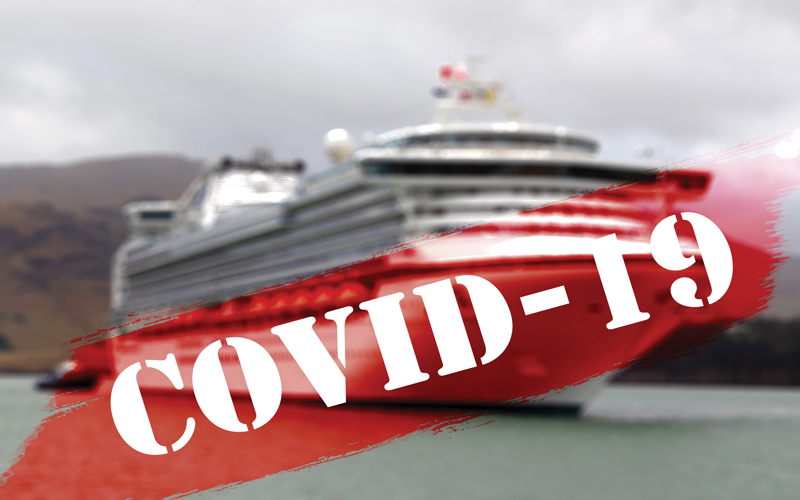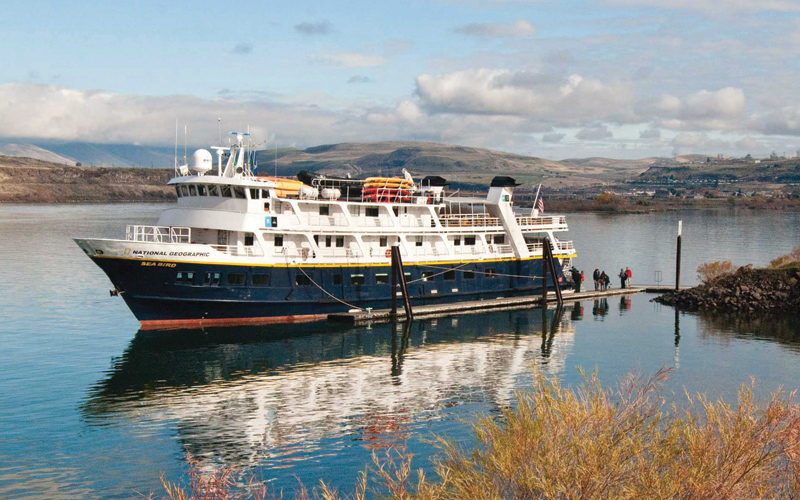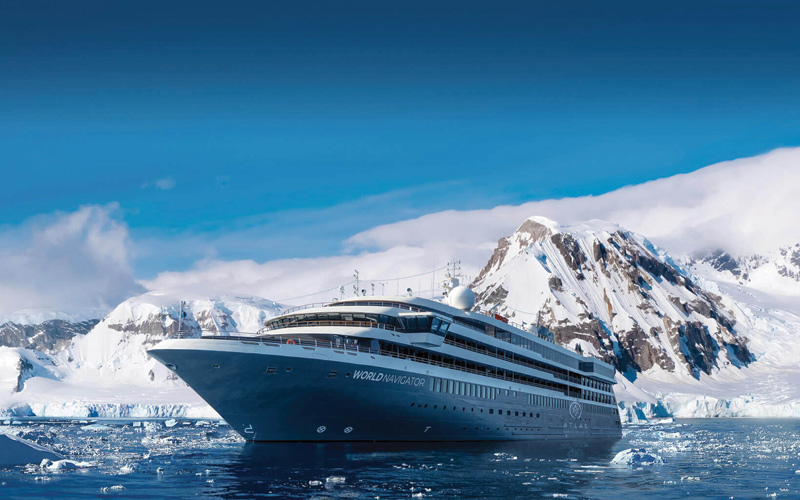The Return of Cruising
When the pandemic decimated the travel industry last year,

cruising was undoubtedly the hardest hit sector. Where for many years cruising was the fastest growing sector of the travel industry, with demand rising by 20.5% over the last five years alone, that changed dramatically in 2020, when an outbreak of COVID-19 was reported on a British-registered cruise ship called the Diamond Princess.
Over the next month, 700 people onboard the cruise ship tested positive for the coronavirus and nine died. That outbreak, along with numerous other vessels reporting large numbers of positive cases, caused both financial and reputational damage. Cruise ships were prevented from docking in many ports, creating what the press called “floating petri dishes” and leaving tens of thousands of passengers and staff stranded. Since then, border closures, social distancing and a lack of foreign travel have compounded the misery of this $150 billion industry.
With treatments uncertain and no vaccine in sight, it was hard to imagine how and when travelers would be willing or able to board any ship. While researchers worked to create a vaccine, the cruise industry searched for ways to make cruise travel safer. Some lines took baby steps to sail itineraries outside the United States while striving to create sanitation procedures to contain or check the virus spread aboard ships.
To keep their businesses afloat in the early days, many cruise lines offered bonus credits (up to 125% of the booking amount) rather than cash refunds for customers whose trips were cancelled due to the pandemic. An estimated 76% of passengers chose to take credit for future trips rather than receiving a cash refund—a clear indication that veteran cruisers were ready to travel again when conditions improved.
Despite the uncertainty about when cruise ships would be able to sail once again, demand from these passengers remained strong. In March, Oceania Cruises announced that the launch of its latest collection of exotic itineraries for winter 2022-2023 resulted in an all-time record with the most bookings taken in a single day in the company’s 18-year history. (A few weeks earlier, the line’s six-month-long world cruise sold out the first day it opened for sale to the general public.)
Travelers continue to drive robust demand for long, exotic cruise vacations with “Grand Voyages” ranging from several weeks to more than two months in length.
To meet the demand for extraordinary voyages, a number of lines upgraded their offerings with add-ons and adventure options. In April, Atlas offered a complimentary wedding/vow renewal with the line’s Valentine’s Day (February,14, 2022) voyage to Antarctica.
Current offerings in all categories range from hard-core adventure to ultra-luxury expeditions. Atlas will sail five itineraries between July of this year and December 2023. Quark’s newest vessel, the Ultramarine, begins sailing the Arctic at the end of June, while the Antarctic season begins in November. Crystal’s new Endeavor sails Iceland beginning in July of this year. Lindblad launches Galapagos sailings in June 2021. Pandaw plans Asia river expeditions late 2021.
Tauck is actively monitoring country-specific regulations and working with partners (Ponant, for Iceland and Windstar for Greece) to confirm the feasibility of future sailings.
Hurtigruten will debut a hybrid electric-powered expedition ship this year. Scenic will introduce Eclipse II in 2022. UnCruise Adventures plans to launch Alaska cruises in May, operating six ships, with one on reserve for increased demand. Victory Cruises Lines will launch Ocean Discovery in September 2022 and sail Alaska in 2023. Viking debuts two expedition ships, the Viking Octantis and the Viking Polaris in 2022.
Meanwhile, on the domestic front, with so many Americans (especially older ones) being vaccinated, riverboat companies may find a return to some degree of normalcy easier to navigate. For example, The American Steamboat Company, following strict SafeCruise™ health and safety protocols, christened the American Countess in New Orleans on March 21st of this year; an abbreviated VIP cruise on the Mississippi followed. (The boat had had returned to service on the Mississippi with reduced capacity on March 15th.) The American Empress and flagship American Queen will sail later this year. The newly enacted health and safety protocols, which go into effect for all sailings beginning July 1, include, but are not limited to, mask mandates in all public areas where social distancing is not possible, 100% testing of all guests and crew and mandatory COVID-19 vaccination for all guests and crew.
The global recovery of the cruise industry is, of course, tied to the global success of the vaccination rollout. As is the case with all tourism and hospitality businesses, there is no realistic prospect of a sustainable recovery until the pandemic has been brought under control. Thanks to the vaccine program well underway in such countries as the UK, US and Israel, the EU will allow fully vaccinated tourists from the US to visit beginning this summer.
In the U.S. cruise ships have been docked for over a year and can only restart by following the C.D.C’s Framework for Conditional Sailing Order, issued in October to ensure that cruise ships build the onboard infrastructure to mitigate infection risks.
Recently the C.D.C. issued technical guidance for cruise lines, but the industry pushed back, finding the guidelines unworkable and lacking a clear path toward the resumption of sailing. In April, the state of Florida responded to the guidelines by suing federal government to allow cruise ships to resume sailing on U.S waters immediately. Said Governor Ron DeSantis: “The C.D.C. has locked down this industry for over a year; this is not reasonable; this is not rational. We do not believe the federal government has the right to mothball a major industry for over a year based on very little evidence and very little data.”
Bottom Line: While this legal battle plays out in the courts, the return of the cruising continues to play out in fits and starts.




